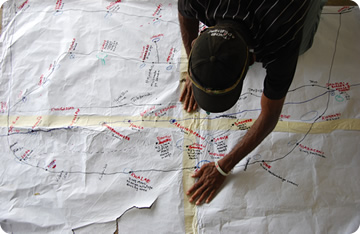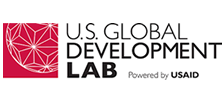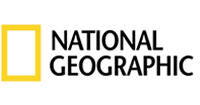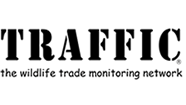Wildlife trafficking transit routes are elusive

Wildlife traffickers have a number of strategies for moving illegal products undetected around the world. They use complex transportation routes that frequently change to take advantage of the most porous borders and lax enforcement. They bundle illegal and legal cargo together on transport vessels and falsify documents so that illegal wildlife can enter legitimate supply chains. They exploit internet retailers and also make use of hidden chat rooms and other sections of the Deep Web. Combined, these strategies make it difficult for law enforcement to monitor, detect, and predict the transit routes through which illegal wildlife is trafficked.
As an example of the complexity involved, the Environmental Investigation Agency recently reported on the sophistication of transit routes used to transport elephant ivory between Tanzania and China. At each stage of the journey traffickers have several options. Ivory is transported to container ports in hidden compartments on buses or trucks or aboard seaborne dhows. It can be hidden underground or stored in private residences or warehouses. It can be aggregated at any major port, including Dar es Salaam, Mombasa, or Zanzibar, and concealed in nearly any type of cargo. In a recent case, authorities found tusks hidden in sunflower seeds.
Finally, ivory might pass through several transshipment points, including the United Arab Emirates or Malaysia, and be offloaded anywhere from Vietnam, the Philippines, or Hong Kong, before being forwarded to distributors in China. These distributors often reach end consumers via social networking outlets by passing links to specific postings in online marketplaces where the transaction takes place. Innovative solutions are needed to shut down the complex transit routes used by traffickers.
We will reward innovative solutions that address three problem areas:
- The monitoring and detection of existing transit routes
- The prediction of future transit routes
- The ability to combat wildlife trafficking over the internet




